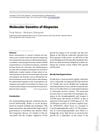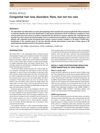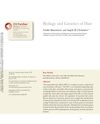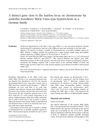Taking Advantage of Phenotype Variability in a Local Animal Genetic Resource: Identification of Genomic Regions Associated with the Hairless Phenotype in Casertana Pigs
April 2018
in “
Animal Genetics
”
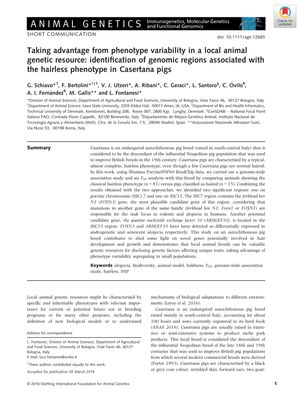
TLDR Researchers found two genes that may explain why some Casertana pigs don't have hair.
The study investigated the genetic basis of the hairless phenotype in the endangered Casertana pig breed from Italy. Using a genome-wide association study (GWAS) and FST analysis on 81 hairless and 15 haired pigs, researchers identified two significant genomic regions associated with hairlessness: one on chromosome 7 containing the FOXN3 gene and another on chromosome 15 with the ARHGEF10 gene as a potential candidate. Both genes have been implicated in hair development, with FOXN3 related to the FOXN1 gene known to cause alopecia in humans and hairlessness in rodents, and ARHGEF10 differentially expressed in alopecia. The study, which was funded by the Italian Ministry of Agriculture and the EU's Horizon 2020 program, underscores the complexity of the hairless trait and the importance of local animal breeds in genetic research on unique phenotypes. Further research is necessary to confirm these findings and explore their relevance to other pig breeds.
